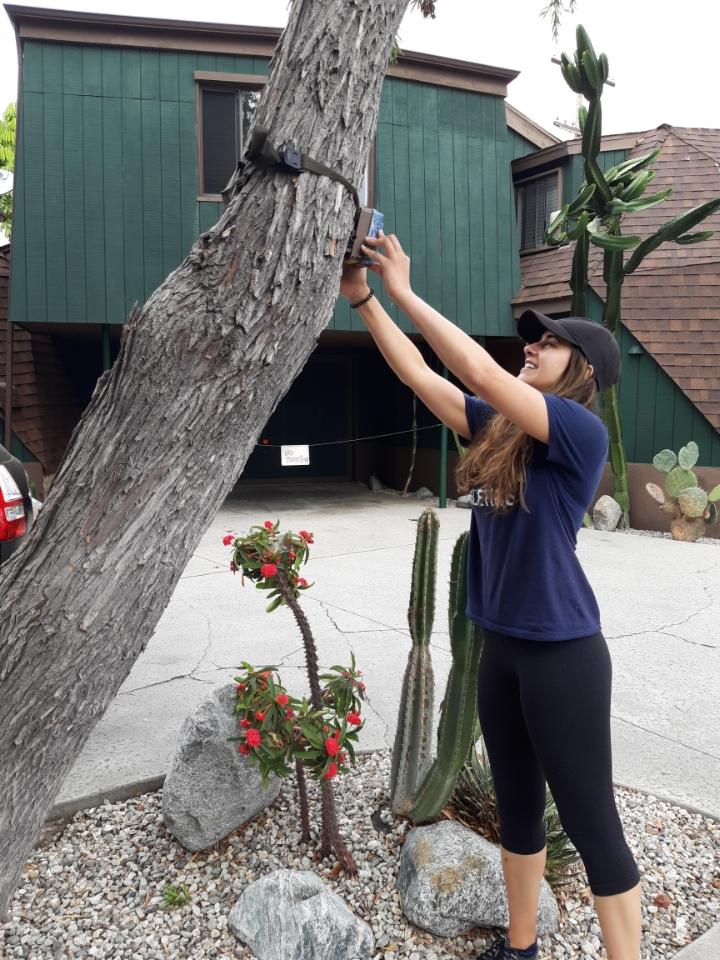Coyote Management Research

Culver City Coyotes
Since June 2019, CURes has been working alongside the city of Culver City to develop a long-term plan to control coyote activity in local residential neighborhoods. In this three-year plan, we are asking questions, such as: What are their preferred food sources? How do they use our neighborhoods and surrounding areas? Are there behavioral differences between coyotes that are successful in urban neighborhoods and those that stick to the natural areas?
To answer these questions, we installed automated camera systems, also called “critter cams,” to monitor coyote and other wildlife behavior and movement patterns within the city. These were installed in parks and other green spaces as well as backyards throughout the city. In addition, in collaboration with the National Parks Service, we trapped and radio collared coyotes to monitor movement patterns through both cities and natural areas.
To learn more about their preferred food sources, we collected coyote scat and identified prey items within it. We also be learned more about how humans feel about coyotes by interviewing residents and how humans are attracting coyotes to their backyards by doing coyote risk assessments in yards throughout Culver City.
Please review the report and research papers from this project below.
City of Culver City Coyote Management Report
Long Beach Coyotes
CURes recently completed a three-year study in the City of Long Beach, in which they analyzed scat samples and thousands of photographs taken in Long Beach. Results of this study will indicate how many coyotes are consuming cats vs natural prey sources and will reveal activity patterns and interactions with other animals.